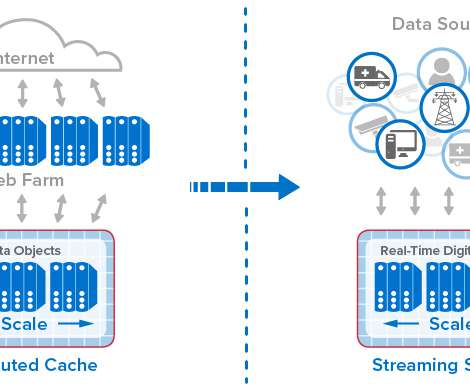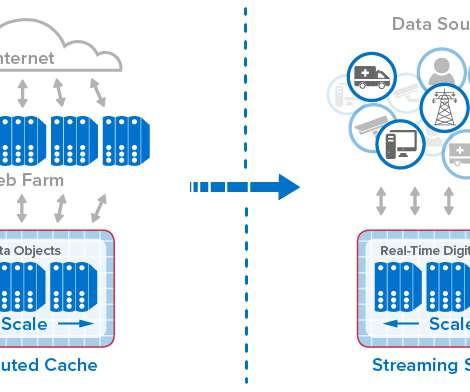What Adrian Did Next?—?Part 3?—?eBay?—?2004 to 2007
Adrian Cockcroft
JANUARY 31, 2023
Their database model later become known as NoSQL, although it was implemented on top of Oracle, each database held one table and indexes, and there were many sharded Oracle databases for each data set so it could be scaled horizontally as well. It was a great opportunity to explore new technologies and broaden my experience.












Let's personalize your content